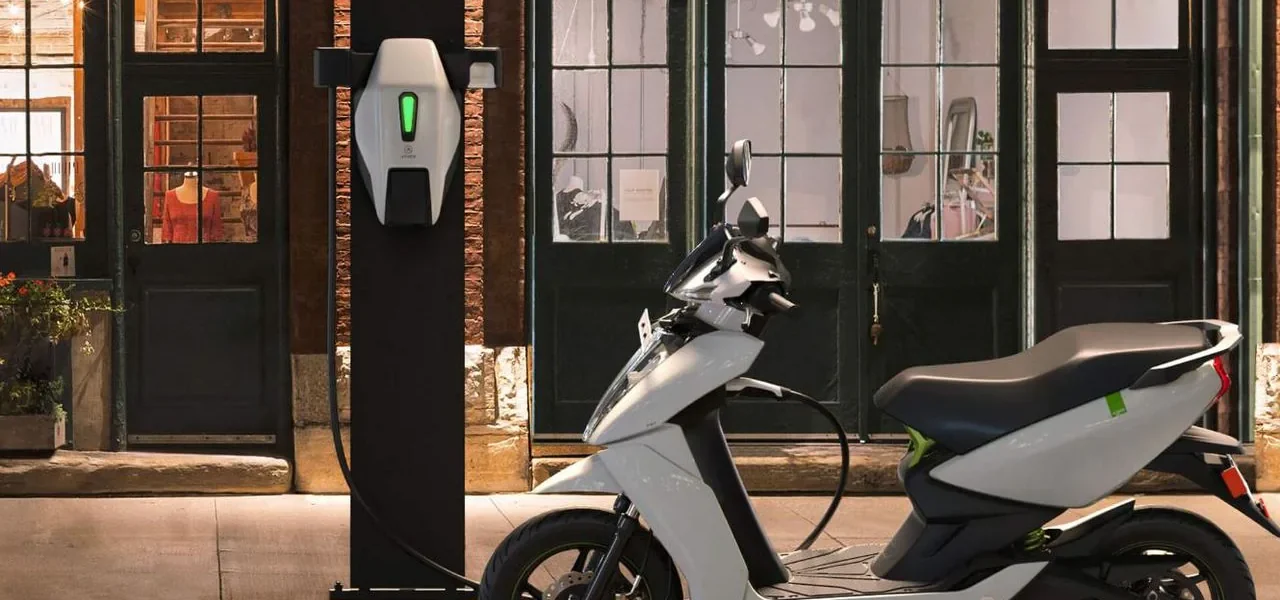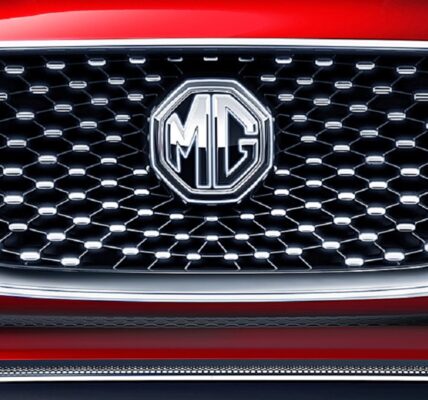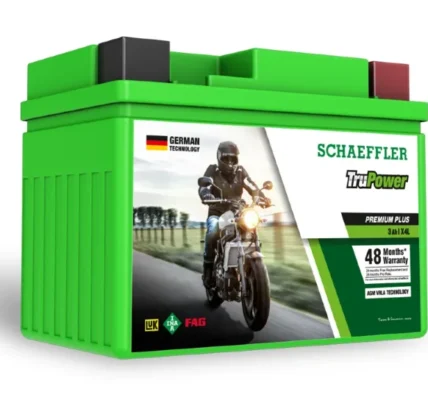Hero MotoCorp recently announced its partnership with Ather Energy for an interoperable EV fast-charging network in India. This partnership will facilitate EV users to seamlessly use both VIDA and Ather Grids across the country.
The combined network will cover 100 cities with over 1900 fast-charging points, according to the official statement. This EV fast-charging network will use a BIS-approved Light Electric Combined Charging System (LECCS), India’s first-ever developed AC and DC combined charging connector standard for light electric vehicles.
This combined network utilises the approved charging system, and will be the largest EV charging ecosystem in the country, the statement added.
This first-ever interoperable network will accelerate EV adoption by strengthening the overall segment. Customers will be able to locate and navigate these fast-charging stations through the “My VIDA” and Ather App, enabling them to discover only compatible locations and find their nearest charging station in the evolving EV landscape.
Swadesh Srivastava, Chief Business Officer of Emerging Mobility BU, Hero MotoCorp, said: “We are happy to extend our association with Ather Energy through this interoperable fast-charging network.
This fastest-growing network utilises the government-approved connector standard, thus ensuring current and future customers will be able to use and charge their vehicles without any hassles in the future too.”
Swapnil Jain, Co-founder and CTO of Ather Energy said, “This partnership will pave the way for consumers to access an extensive network of charging stations across the country, alleviating range anxiety.
Given the technical superiority of LECCS and the fact that it was Made in India for India, we believe more OEMs will find it lucrative to adopt this standard. With this interoperability, we are already demonstrating how it is beneficial for all OEMs to be on one standard.”







